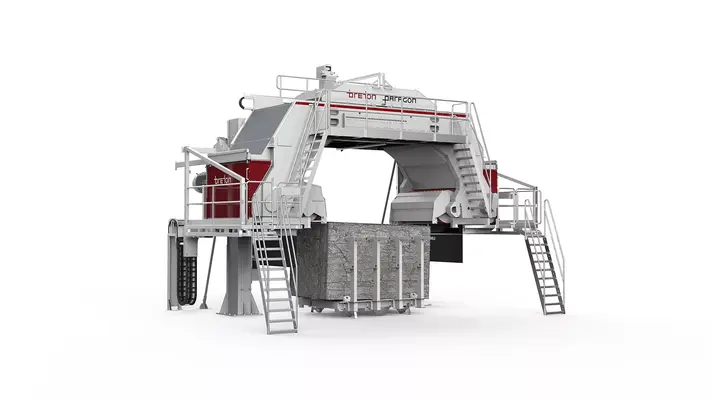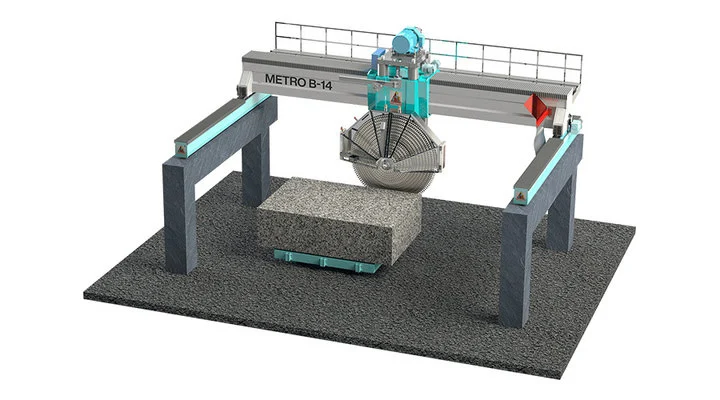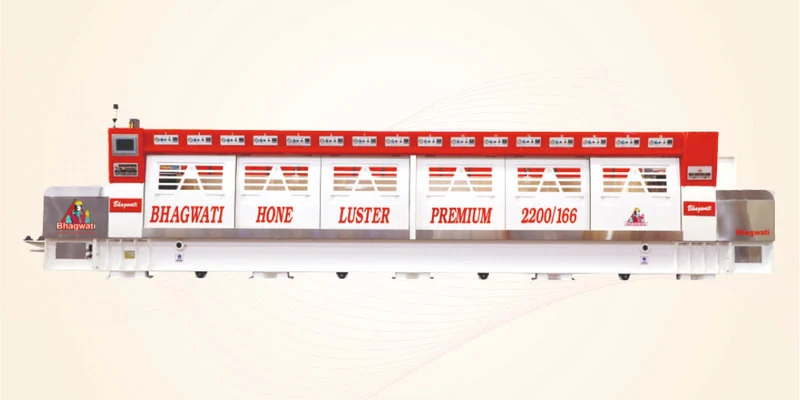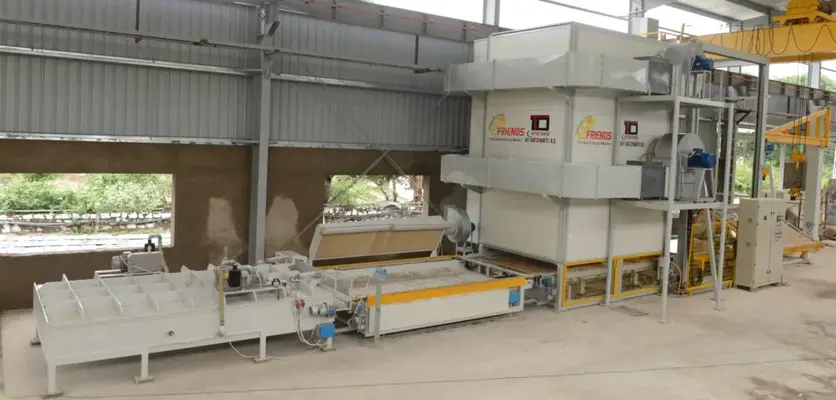Granite Manufacturing Process
Why Understanding Granite Processing Matters
When you're purchasing granite for your home or project, it's important to understand how it’s processed. The process directly impacts the quality, durability, and appearance of the granite you receive. Here's why:
Quality Assurance
The way granite is cut, shaped, and finished affects its strength and look. Poor processing can result in cracks, chips, or uneven surfaces, which is why it's essential to choose a supplier who follows strict quality control standards.
Customization
Granite can be processed in various ways to meet your design needs. Whether you're looking for polished countertops or honed tiles, understanding the process allows you to choose the right finish and size for your project.
Long-Term Durability
Properly processed granite is durable and resistant to wear, making it a reliable choice for high-traffic areas. Poor processing, however, can weaken the stone, leading to damage over time.
Cost Efficiency
When you know how granite is processed, you can better assess the pricing based on quality and finish. It helps ensure you're investing in a long-lasting product that will save you money in the long run.
Avoiding Problems
Knowledge of the granite processing process means you can spot potential issues like improper handling or surface defects before making a purchase, ensuring you're getting exactly what you need.
By understanding how granite is processed, you can make a more informed decision, ensuring you get the highest quality granite that fits your needs and budget.
Join Our NetworkComplete Granite Stone Processing Journey at Stone Galleria: From Sourcing Raw Blocks to Delivering Slabs, Tiles, and Custom Products
Quarry Identification
→ Search & Select reliable quarry→ Survey for consistent deposit
→ Ensure ethical sourcing
Block Selection
→ Choose blocks with uniform color and pattern→ Check for cracks, veins, or defects
→ Assess block size, shape, and grain/pattern structure
Sourcing & Transport
→ Finalize purchase with quarry→ Arrange secure and timely transport to our factory
Block Storage
→ Store blocks safely on level ground→ Tag and record each block for inventory
→ Organize by color, quality, and size
Block Cutting
→ Block Dressing before final cutting→ Use machines like multi-wire saws, multiblade, or gangsaws
→ Cut into slabs or tiles
→ Thickness as per order
→ Maintain consistent thickness
Grinding & Resining
→ Grind surface to level and smooth it→ Apply resin to fill natural fissures (if any)
→ Cure the resin for further processing
Polishing & Finishing
→ Proceed to desired finish: glossy, honed, flamed, leathered etc.→ Inspect surface shine, texture, and quality
Cut-to-Size (If Ordered)
→ Use CNC or bridge saws to cut exact sizes→ Do edge profiling if needed (bullnose, bevel, etc.)
Quality Inspection
→ Final check for color, thickness, polish, and all defects→ Approve or reject based on standards
Packaging & Shipping
→ Pack slabs securely in wooden crates, pallets, or A-frames→ Label each crate with details
→ Load safely into containers for delivery
Block Cutting Methods
At any manufacturing or processing unit, the critical element is the cutting and finishing process, which uses different sets of technology. Here are the two main methods
Multi Wire Cutting Machines
This method is used for cutting large format slabs, also known as "gangsaw size slabs." These slabs typically have a length of more than 9 ft (approximately 274 cm, 2743 mm, 108 inches) and a height/width of more than 6 ft (approximately 183 cm, 1830 mm, 72 inches).
Multi wire cutting is one of the most precise cutting technologies currently available in granite manfuactruing and processing. The machines used in this process are generally imported from top machinery manufacturers, such as:
- Breton (Italy)
- Gaspari Menotti (Italy)
- Hedal (Denmark)
- Others


Multi Blade Cutting Machines
In the granite manufacturing process, this method is used for cutting smaller granite slabs, often referred to as “vertical size slabs.” These slabs typically measure 6 to 11 ft in length and over 2.5 to 3.5 ft in height.
Multi blade cutting machines are known for their precision and are ideal for mass production of granite slabs and smaller tiles. This granite cutting method is commonly used in stone processing units, with machines typically manufactured in India or sourced from trusted Chinese suppliers. Stone Galleria uses latest and modern machinery for higer accuracy and efficiency
Griding, Polishing and Slab Resining
At any manufacturing or processing unit, the critical element is the cutting and finishing process, which uses different sets of technology. Here are the two main methods
Grinding & Polishing Machine
At Stone Galleria, we use 16-head line polishing machines as part of our advanced granite manufacturing process. These machines ensure consistent surface finish, high gloss, and faster polishing cycles—far more efficient than older manual techniques.
It helps maintain uniform slab thickness, improves production speed, and enhances the final quality of granite slabs.


Slab Resining Machine
Resin line machines are used in granite along with other type of stone processing after block cutting but before polishing. This epoxy treatment fills cracks and strengthens the slab surface, ensuring better finish and durability during the polishing stage.
Not every slab needs resin. Stones that are already dense and clean (like Rajasthan Black Granite) may skip this step. But for high-value stone slabs & tiles with imperfections, resin treatment is essential to reduce waste, improve durability, and enhance finish quality.